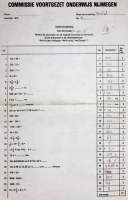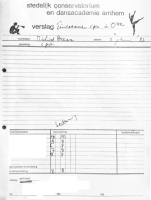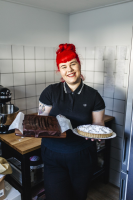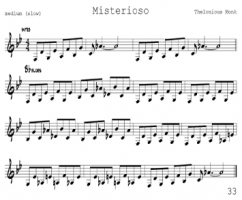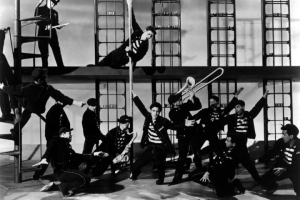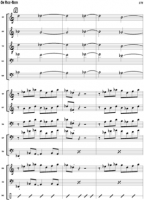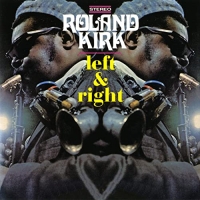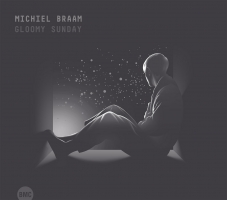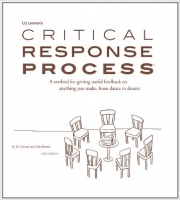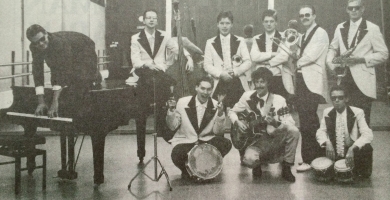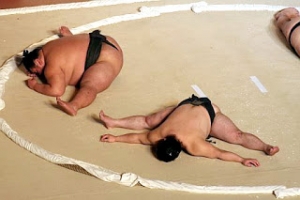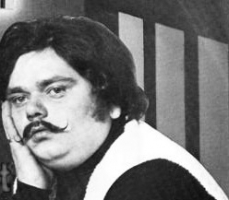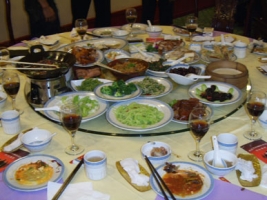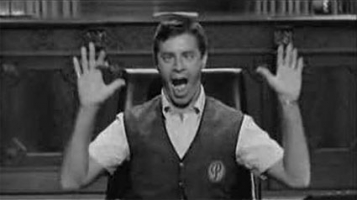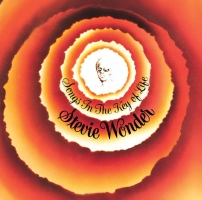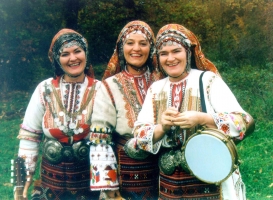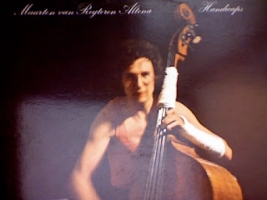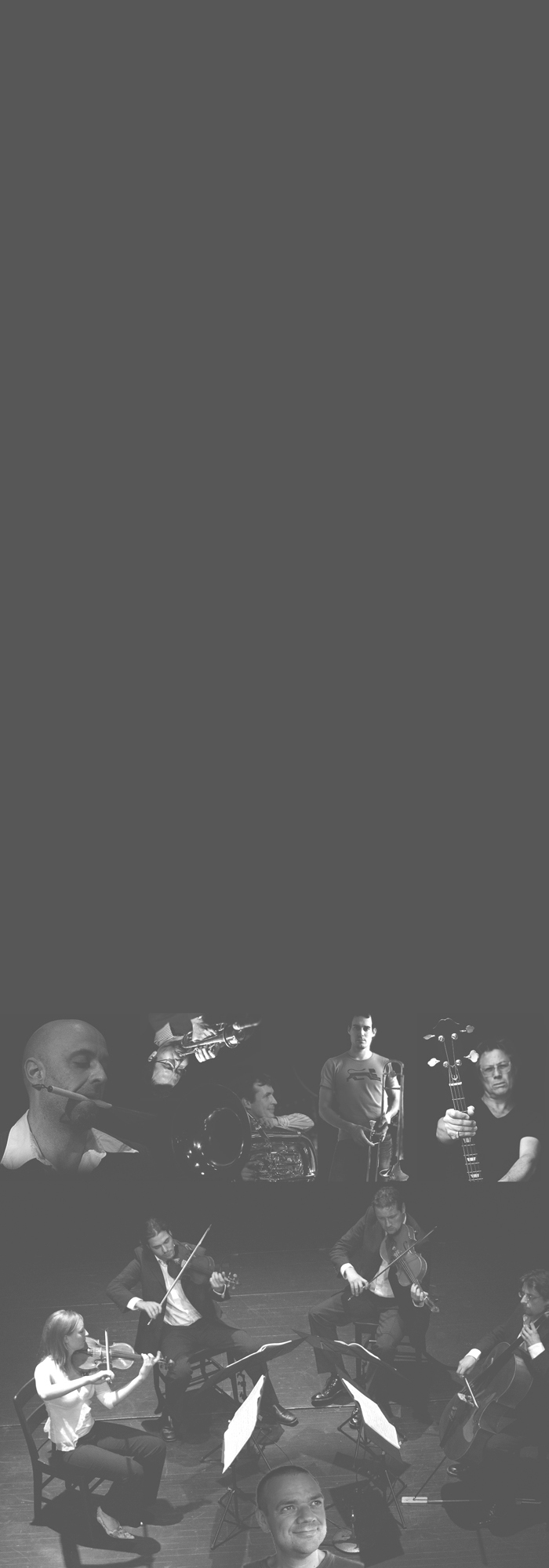I never figured turning 50 would be so, well, eh, present. On beforehand I had planned to have a lovely raclette with my family, you know, with swiss cheese under a grill, gherkins, pickled onions, unpeeled boiled potatoes, a few vegetables, little salad, not much more, you get the picture. A swiss pinot noir with the main dish and a malvoisie flétrie (for instance from the Cave de Madeleine) accompanying a chocolate desert.
It went differently.
My management organized a lovely surprise, a party concert on May 17, my birthday. In Amsterdam I will play 3 days in a row this week, playing 50 solo pieces and duets. June 20 we will do Jazz In De Goffert, a festival presenting several groups. In between this all I was interviewed by several television programs, radio shows, newspapers, magazines. Today I find the Jazz Bulletin, the Dutch Jazz Archive’s magazine, on my doorstep containing an “I Did It My Way”-kind of article on my first 5 decades.
Anyway this all went so different from what I expected before, and apart from the epitaphesque flavor that comes with all the reminiscing I am enjoying every moment of it. When I say “moment” that’s precisely what I try to enjoy. Not before, not after, but celebrating life as a pointillistic painting, being present, dot after dot. Not thinking about how the dots connect or even if they do at all, but making a party of everything that is coming along. In everyday life we seem to be asked to look ahead or back on many occasions and although I think that ruling out too much connection (past, future, things, thoughts) in every situation is a freeing thing to do I am sure that in art, when telling stories, it is utterly essential. So I don’t try to hesitate.
For my three birthday gigs at the Roode Bioscoop on June 5, 6 and 7 I invited everyone to contribute titles for 50 improvisations of 50 seconds. Many suggestions did come my way and so far I have selected these: Aphorism, Arrrggghhh, Assembly Hall, Bandicoot, Beeflabelingsupervisiontasktransferlaw, Blowing Bubbles, Busybody, Cannon, Compassion, Drivel, Epitaph, Ex, Fado, Flap-turd, Flibbertigibbet, Glee, Grace, Gypsum Flight, Hongeo, Ice Saints, Immersion, Lightly Slim, Linkages, Loquacity, Loser, Love, Manufacturability Coefficient, Mendacity, More Disastrous, Nope, Opacity, Parallel Sales, Penalty Stroke, Psychedelic Slide, Purgatory, Quadrille Tea, Racy, Railway Junction Back-And-Forth Slider, Restriction, Rötzentötz, Sander, Surprise Orgasm, Sweetie, Syzygy, Umbrella, Us, Vivacity, Washcloth, Wondrous, Zanzibar.
50-seconds improvisations do not leave a lot of room for warming up. Normally having some time to get used to the room, the moods of your fellow players, the audience can contribute to a nice concert. I remember an exhausting set Wilbert de Joode, Michael Vatcher and I played at the Velvet Lounge, Chicago, with the fantastic saxophonist Fred Anderson in 2009; he was 80 and extremely energetic! No warming up whatsoever, as if there was no time to lose. Talking about influential experiences: this was one. Not that I hadn’t heard musicians taking no time to feel the circumstances before really taking of – I have visited several Cecil Taylor concerts, to name another vulcanesque player extraordinaire – but being part of that as an interlocutor was something else. From that moment on I realized that whatever happens I have to grab it to make the moment pleasurable. Not worrying about the fact that perhaps later on I would not characterize it as having been satisfying after all. Expectations or fears for later can ruin the moment and unfortunately now is all there is to grab for the players as well as the audience. Not grabbed in the moment is not grabbed at all. This is how music, whit frequencies floating around as only medium (when Elvis left the building he really left the building) differs from an art form like painting.
While making music I try to stay away from too much warming up, if any.
I run for about an hour three times a week and since I do that I think about focusing on “now” (or: nothing) differently. Normally there is a lot on my mind when I am running; things I have to do, situations I have to digest, decisions I have to make, well, I guess it’s clear: People Choose A Lot To Think About. Most of the times, however, I don’t feel like thinking at all and want to just run and clear my mind of all those thoughts.
This is the pattern:
The first quarter I am busy finding myself a fool for running. Asking myself why, for Dude’s sake, I am running. Although this feeling stays until halfway it fades somewhat after this first bit.
Then some 15 minutes seem to be booked for worrying. Things from within and outside my life as a musician, ArtEZ, etc.
Halfway Euphoria is joining the run, I merely have to return home! Music is coming in my head. And I don’t mean stuff like Mongolian overtone singing or mysterious Indian flute music with no meter, but rhythmical music. Two. Four. Eight. Melodies inclusive (ones that I like and, miserably enough, tunes I really hate).
The final quarter all melodies have gone and there is only rhythm. An interesting point here is that I (and I guess everyone) intuitively count binary; 1, 2, 4, 8, 16, 32, etc. That gives me the freedom to not really count, but simply feel when a cycle is done, I don’t have to keep track of it consciously – this is comparable to clocks chiming: even when I do not count from the first stroke I know the time, because my mind is compartmentalizing the sounds in packages of four strokes. So, by he time I am getting home it is only about counting, I am running in a flow, it’s just about running and my mind is liberated from many thoughts and there is room for a fresh start.
While improvising I try to apply what I experience during my last 15 minutes of running. Simply making music in an ever changing situation with no distraction by whatever peripheral is going on in my head. Counting only. Preferably on a subconscious level, but if necessary consciously. As far as the 50-seconds-impro’s this week are concerned I will do a count down in my head (I will do a 10 to 20 second break between the parts) and count (meter, or moves) during my playing. By doing so I don’t need a warming up but get to the point straight away and the chances of being distracted by too irrelevant matters are slim.
We had the raclette May 18.
